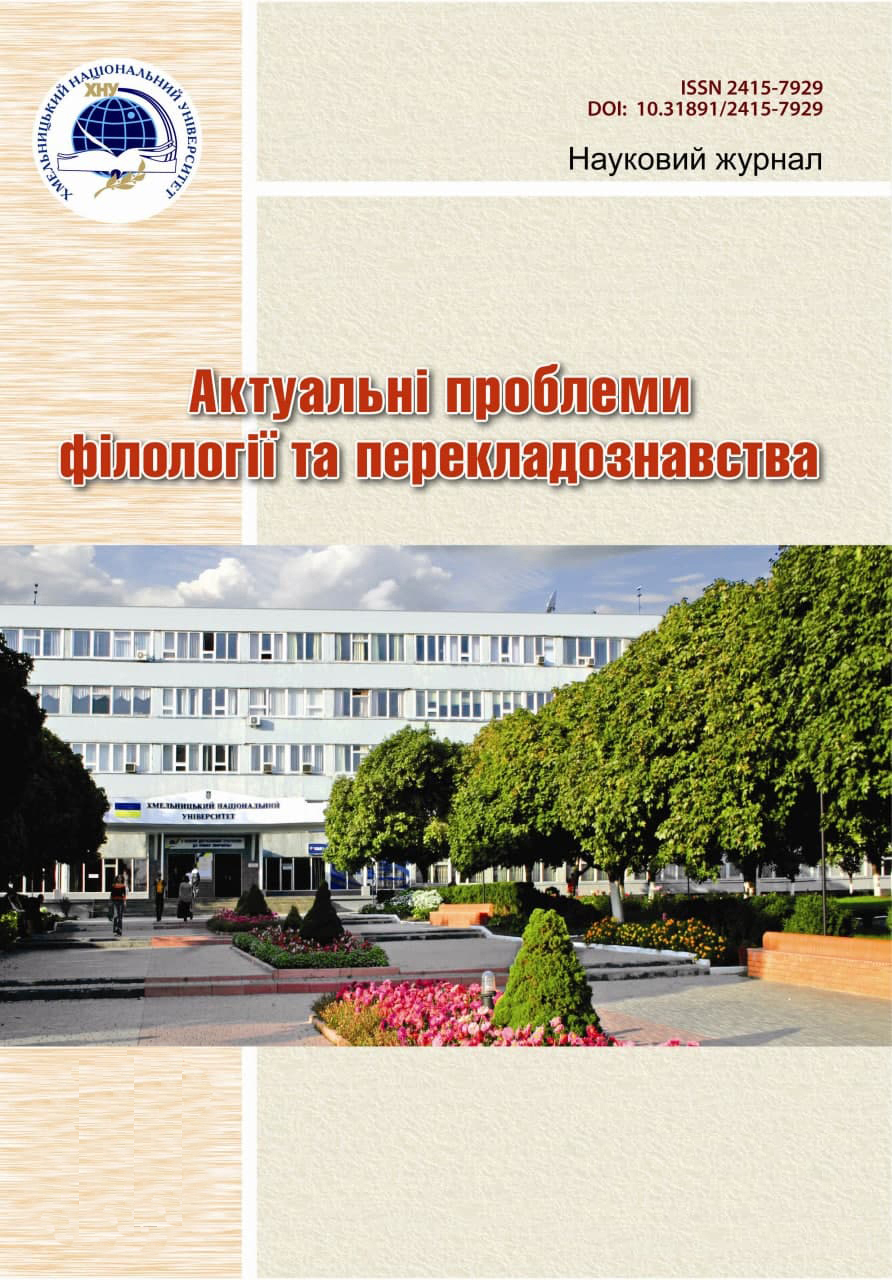КОМІЧНЕ ЯК КСТЕТИЧНЕ ЯВИЩЕ: СУЧАСНІ ТЕОРЕТИЧНІ ПІДХОДИ ТА ІНТЕРПРЕТАЦІЇ
DOI:
https://doi.org/10.31891/2415-7929-2025-34-2Ключові слова:
комічне, естетична категорія, гумор, іронія, сатира, сарказм, сміхова реакціяАнотація
У статті досліджується феномен комічного як естетичної категорії, що відіграє важливу роль у мистецтві, літературі та суспільному житті. Авторка розглядає теоретичні підходи до осмислення комічного, основні його характеристики та критерії диференціації. Аналізуються головні риси основних форм комічного (гумор, сатира, іронія, сарказм) та їхня функціональна роль у культурному контексті. Особливу увагу приділено ключовим відмінностям між гумором і сатирою.
Завантаження
Опубліковано
26.06.2025
Номер
Розділ
Статті
Ліцензія
Авторське право (c) 2025 Юлія ДАВИДЮК (Автор)

Ця робота ліцензується відповідно до ліцензії Creative Commons Attribution 4.0 International License.
Як цитувати
ДАВИДЮК, Ю. (2025). КОМІЧНЕ ЯК КСТЕТИЧНЕ ЯВИЩЕ: СУЧАСНІ ТЕОРЕТИЧНІ ПІДХОДИ ТА ІНТЕРПРЕТАЦІЇ. Current Issues of Linguistics and Translation Studies, 34, 9-15. https://doi.org/10.31891/2415-7929-2025-34-2

